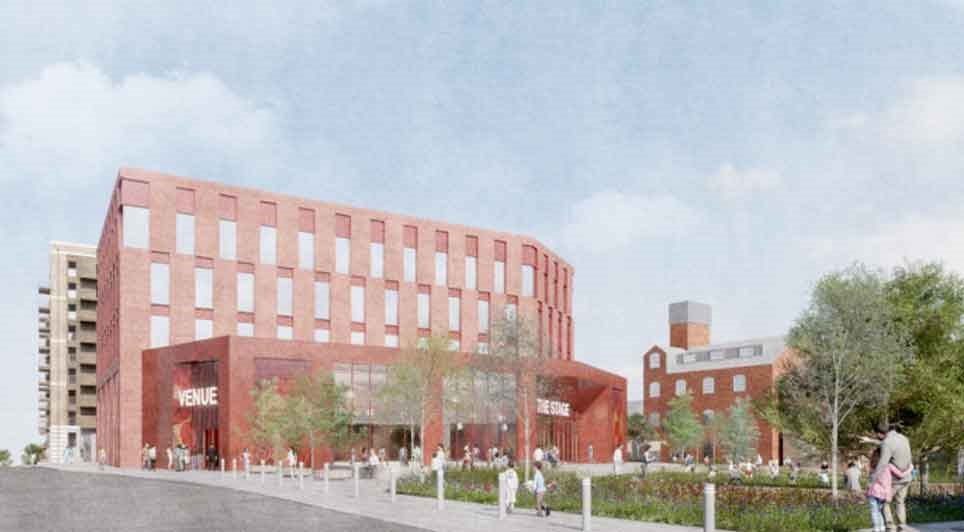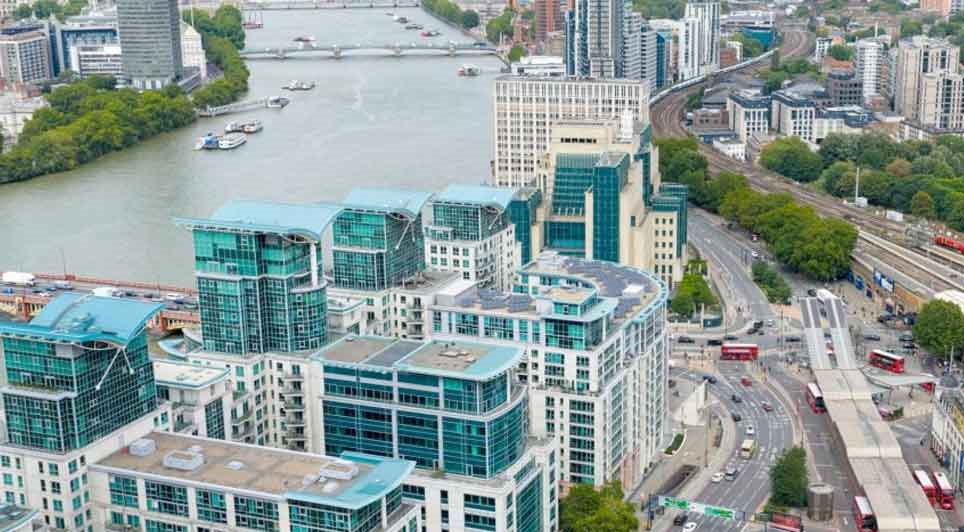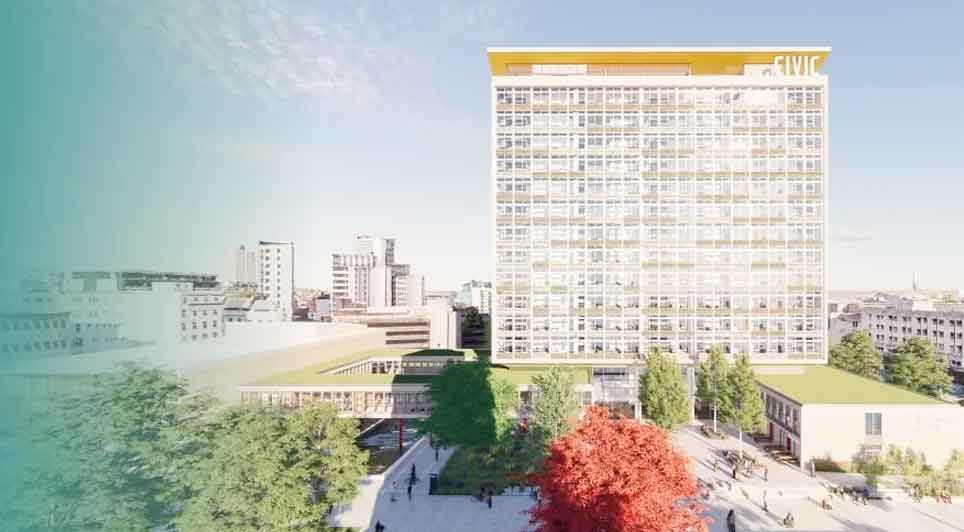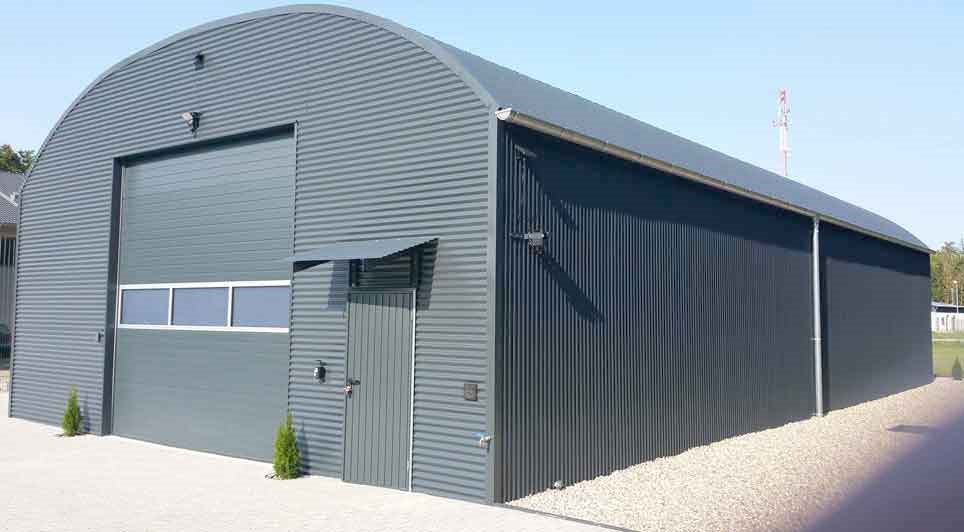The building industry is currently responsible for almost 40% of global greenhouse gas emissions, with residential homes consuming 27.5% of the world's electricity.
However, a focus on space heating and cooling, hot water systems, appliances, indoor lighting, and refrigeration can deliver 60 – 80% reductions in energy demand in residential homes.
That's according to Factor Five, a book on transforming the global economy through 80% improvements in resource productivity, by Ernst Von Weizsäcker, Karlson Hargroves, Michael H. Smith, Cheryl Desha and Peter Stasinopoulos.
Using detailed sector studies that cover the major resource intensive sectors, including building, cement & steel industries, transport and agriculture, this book demonstrates just how, by using innovative design, technology and policy and by taking a whole system approach, the targets can be achieved.
It relates that, the German Passive House Institute has shown that ultra-efficient buildings can be designed that require less than one tenth of the energy demanded for space heating than average traditional buildings.
It said that commercial building consume 23.6% of the world's electricity, and a focus on heating, ventilation and air-conditioning (HVAC), indoor lighting, and office equipment can deliver 60 – 80% reductions in energy demand in commercial buildings.
THings can be done, as the Pearl River Tower in China, the world's first 'zero-energy' skyscraper, will use nearly 60% less energy than a traditional building of similar size.
(BMcC/GK)
 UK
UK Ireland
Ireland Scotland
Scotland London
London





















